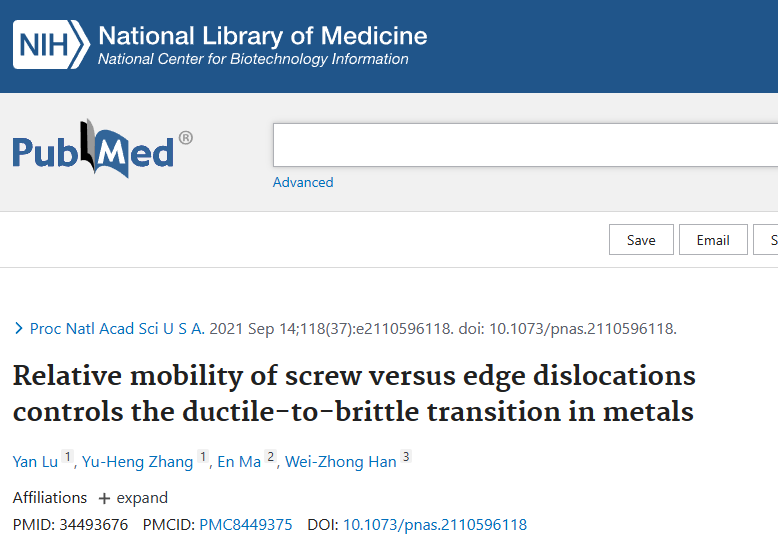
Body-centered cubic metals including steels and refractory metals suffer from an abrupt ductile-to-brittle transition (DBT) at a critical temperature, hampering their performance and applications. Temperature-dependent dislocation mobility and dislocation nucleation have been proposed as the potential factors responsible for the DBT. However, the origin of this sudden switch from toughness to brittleness still remains a mystery. Here, we discover that the ratio of screw dislocation velocity to edge dislocation velocity is a controlling factor responsible for the DBT. A physical model was conceived to correlate the efficiency of Frank–Read dislocation source with the relative mobility of screw versus edge dislocations. A sufficiently high relative mobility is a prerequisite for the coordinated movement of screw and edge segments to sustain dislocation multiplication. Nanoindentation experiments found that DBT in chromium requires a critical mobility ratio of 0.7, above which the dislocation sources transition from disposable to regeneratable ones. The proposed model is also supported by the experimental results of iron, tungsten, and aluminum.
Link:Relative mobility of screw versus edge dislocations controls the ductile-to-brittle transition in metals | PNAS